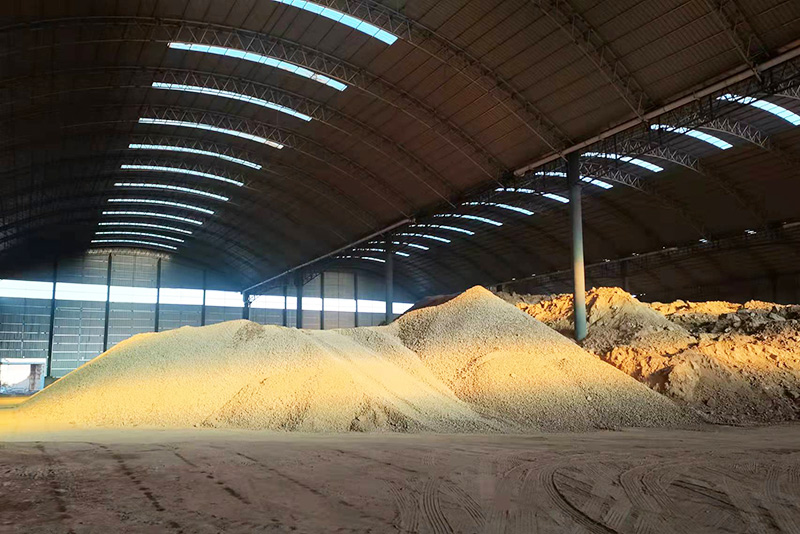Sand Casting Tolerances Understanding Precision in the Foundry Process
Sand casting is a widely used manufacturing process that allows for the creation of complex metal parts with relative ease. One of the key factors that determine the success and quality of sand casting is the control of tolerances. Tolerances refer to the permissible limits of variation in the dimensions and geometric characteristics of the cast parts. Understanding sand casting tolerances is essential for ensuring that the final product meets the specifications required for its intended function.
In sand casting, the tolerances can be affected by several factors, including the type of sand used, the pattern design, and the cooling rate of the metal. Generally, standard tolerances for sand castings can range from ±0.5% to ±1.5%, depending on the size and complexity of the part. For instance, for smaller castings, tighter tolerances are achievable, whereas larger castings may require looser tolerances due to the increased likelihood of thermal expansion and shrinkage during the cooling process.
The most critical aspect of establishing tolerances in sand casting is the pattern design. Patterns are made from materials such as wood, metal, or plastic and serve as the mold around which the sand is compacted. The precision of the pattern directly influences the dimensional accuracy of the final casting. If the pattern is not designed with proper clearances and allowances for shrinkage, the cast part may end up being out of tolerance, leading to costly rework or scrap.
sand casting tolerances

Additionally, the type of sand used can impact the quality and precision of the cast. Different sand compositions offer varying degrees of thermal stability and grain size, which can affect how well the sand retains its shape during pouring. Fine-grained sands may yield smoother surface finishes and better dimensional accuracy, while coarser sands may result in rougher surfaces and less precise dimensions.
Furthermore, post-casting processes such as machining can be implemented to refine the dimensions further. While sand casting itself may impose certain limitations, additional machining operations allow for tighter tolerances, effectively bridging the gap between the initial casting and the desired specifications.
In conclusion, sand casting tolerances play a vital role in the manufacturing process. A comprehensive understanding of how pattern design, sand properties, and post-casting processes contribute to tolerances can significantly enhance the quality and functionality of cast parts. By focusing on these aspects, foundries can improve their production efficiency and ensure that they meet the increasingly stringent demands of various industries.
Post time:Окт . 19, 2024 04:51
Next:How to Create Sand Castings for Your Metal Projects
